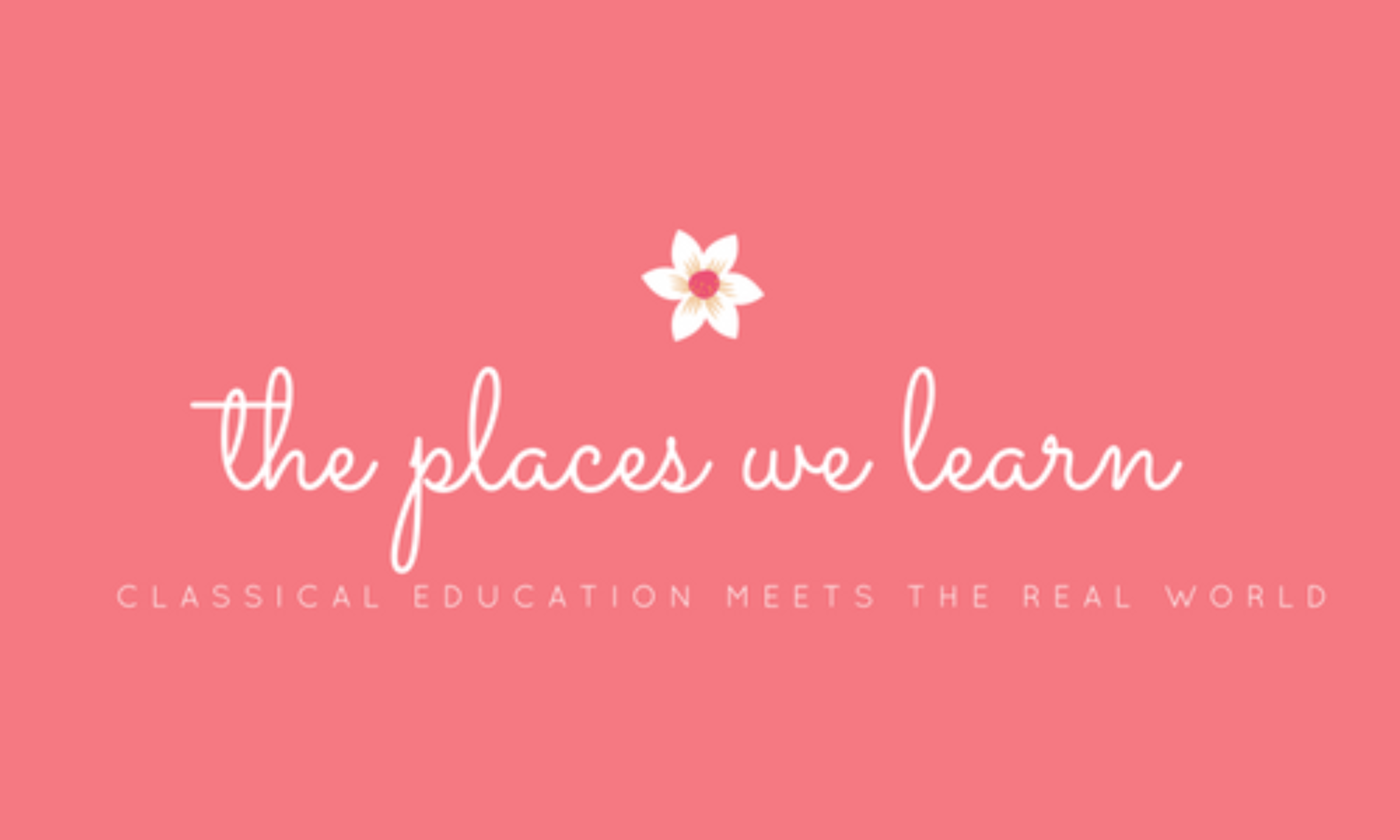This is my second year as a Classical Conversations Challenge Director. I directed Challenge A last year, and this year I am halfway through Challenge B. I absolutely love this program and everything that it offers middle and high school students. And, for the most part, the students love it too.
Except for Latin.
They all hate Latin. And that really breaks my heart because I think there is just so much to be gained from learning Latin. I spend a lot of time purposely pointing out integrations between Latin and EVERYTHING ELSE that we learn and I’ve at least convinced my class that Latin is important. But fun? Enjoyable? No.
Latin is, in their opinion, hard, scary, terrifying, boring, overwhelming, confusing, and horrible.
Sigh.
And I really think it’s because for most Challenge kids, their first real introduction to Latin comes from the Henle Latin books. BORING! They are dry, they are black and white, and they are set up in a way that is a little bit confusing. You have to jump back and forth between two books and have your notebook out and have the declension charts accessible. It’s really a headache, particularly if this is the first encounter a student ever has with Latin. It’s negative right off the bat.
I have a sixth grader this year who has one and a half years until he begins Challenge A (his birthday is suppppperrrr close to the cutoff date so we are going to hang out in Foundations and Essentials an extra year. No harm in that!). After seeing how terrible Latin is for my Challenge kids, I decided I needed to get him of on the right foot with Latin.
I settled on Classical Academic Press and their curriculum, Latin For Children. You can read my review of the program and check out my complete Primer A checklist here. We are in Primer A right now and my hope is to get through B as well before he begins Challenge.
Why choose Latin for Children for future Challenge A students? Most importantly, it’s FUN!
The pages are bright and colorful

The video lessons are upbeat–and bonus, they are an incredible review of everything learned in Essentials. My son often remarks, “Hey I thought this was Latin class, but all of this is from Essentials!” Yes! It is! Because studying Latin helps us better understand English and my sixth grader is already making that connection. He finds the lessons to be hilariously funny. I find them to be informative. I watch every lesson with him and quite honestly, it’s helped me up my game when tutoring my class. You can purchase DVDs or choose the streaming option–that’s what we do.


There’s an activity book with word searches, crosswords, and other fun worksheets. You won’t find that in Henle.

There is a reader, a small history book, that walks students through the first steps of translating Latin to English.

There’s also an optional subscription service to something called Headventureland. I recommend it completely. There are cartoons and computer games that reinforce the vocabulary being learned. There are printable lap books available to get crafty while also reviewing Latin.


I really, really find that making Latin bright, colorful, silly, and entertaining is changing his mindset. He is not going to go into Challenge A thinking Latin is the WORST. He’ll know better.
And of course, on top of giving him a positive mindset about Latin, it’s also giving him a strong foundation in what he will need to know for Challenge A. I suspect that by getting through Primers A and B, he will be able to consider most of what he covers in Challenge A Henle to be review. Which is the point of Classical Education, right? To repeat, repeat, repeat, so it all eventually sticks?
One more note on adding Latin curriculum to your upper elementary student’s workload: Leigh Bortins, founder of Classical Conversations, says you should. In almost everything else the mantra is “the memory work is enough.” And for the most part it is. But obviously, everyone does a math curriculum of their choice because the memory work is not enough for math. And also, she strongly recommends beginning a Latin curriculum in the fourth grade–at the same time they begin Essentials.
I am convinced that Latin for Children is a fantastic way to set your students up for success in Classical Conversations Challenge A. Check it out here: Latin For Children curriculum.

I am not being paid or receiving free product of any kind in exchange for this review. I just truly love the curriculum and am pleased with our decision to use it.




























